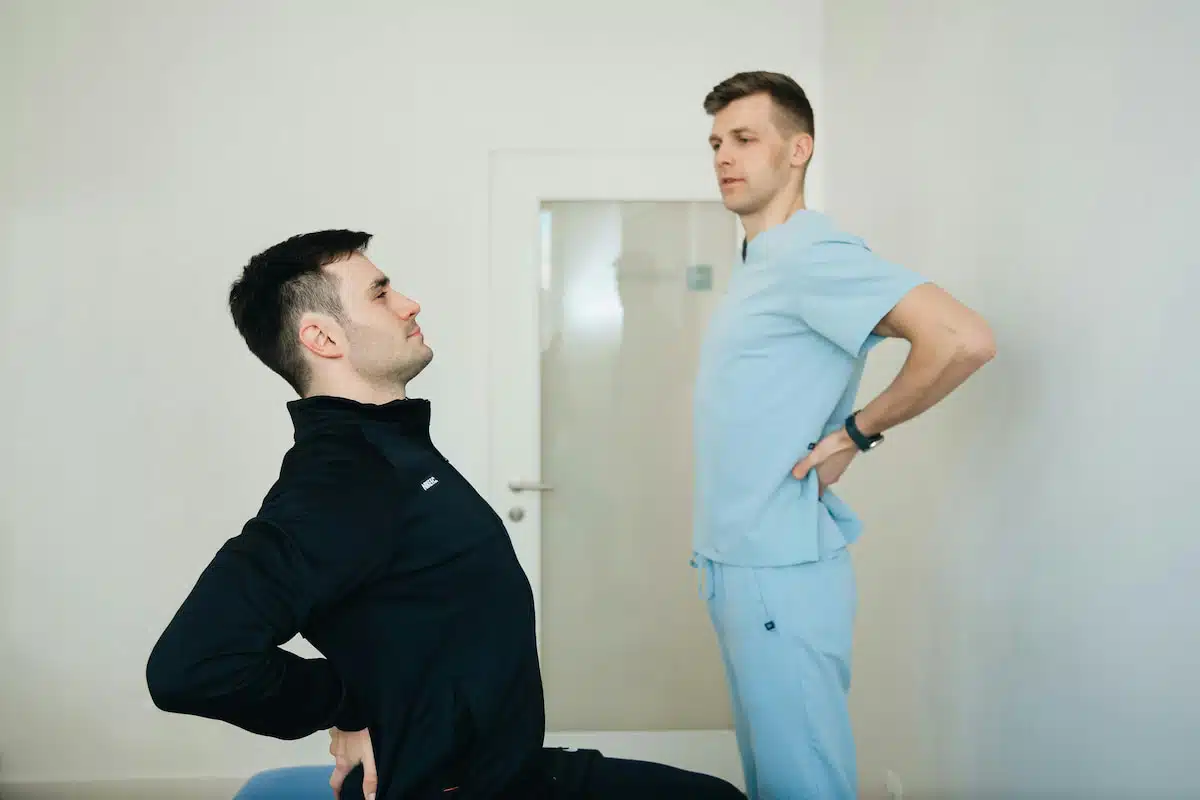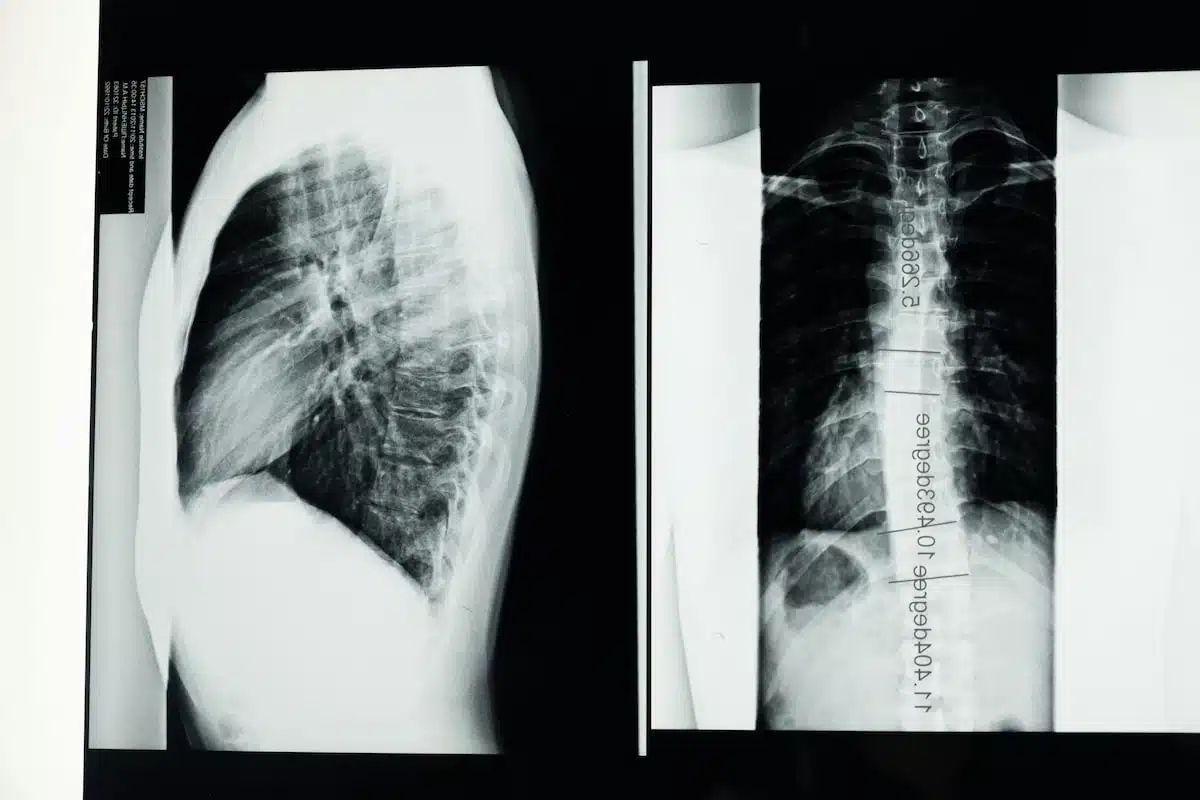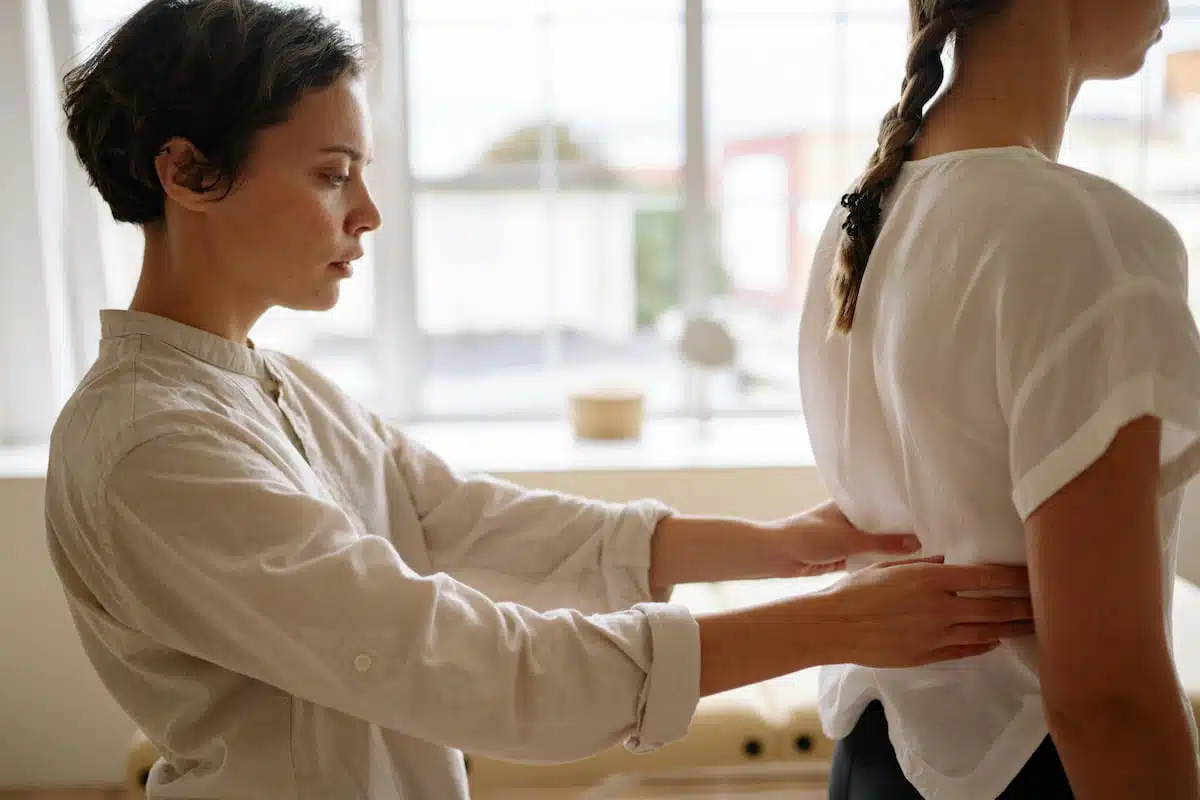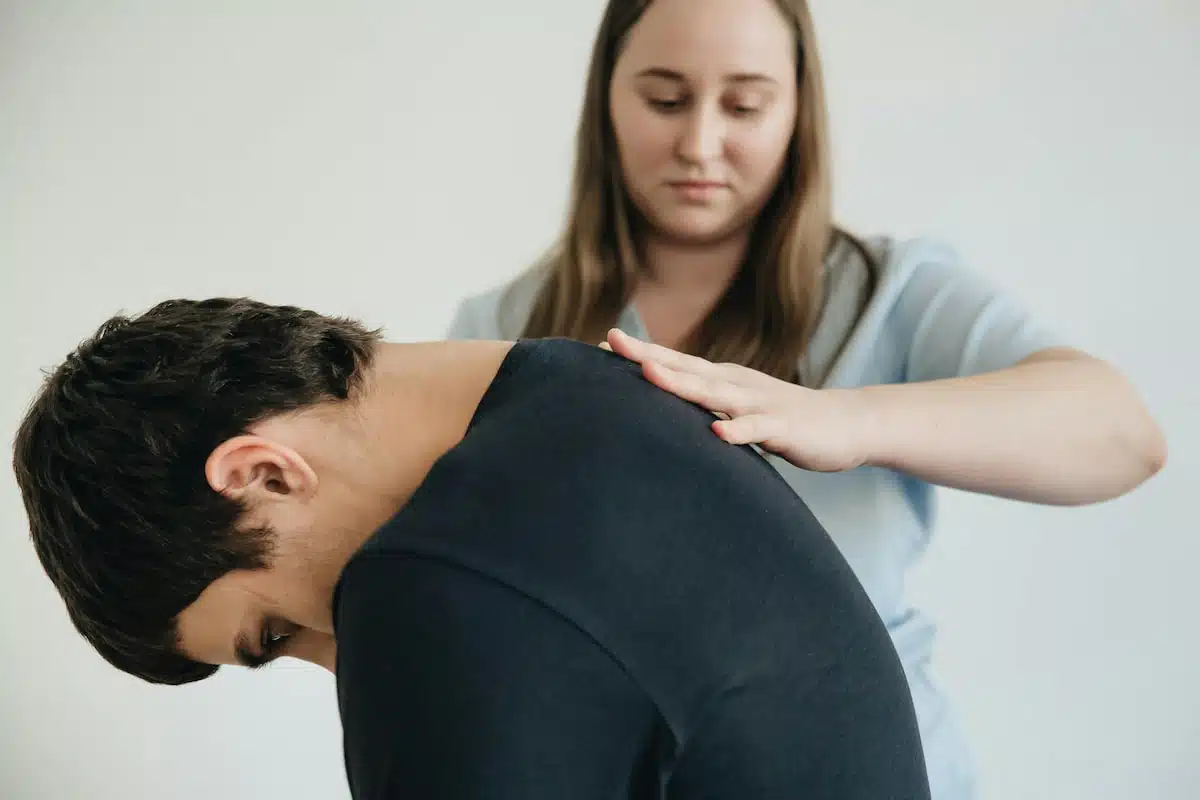
Scoliosis, characterized by an abnormal curvature of the spine, presents unique challenges in treatment. Two complementary approaches—physical therapy and chiropractic care—offer distinct yet synergistic paths toward scoliosis treatment and improving quality of life over the short and long term.

Scoliosis involves a sideways curvature of the spine, often accompanied by rotation, leading to asymmetries in the shoulders and hips and, occasionally, breathing difficulties. Treatment focuses on symptom management, preventing progression, and enhancing spinal alignment and function.
Physical therapy for scoliosis emphasizes strengthening muscles, improving flexibility, and optimizing posture through targeted exercises and stretches. In the short term, PT helps alleviate pain and discomfort by addressing muscular imbalances. By promoting core strength and mobility, PT aims to stabilize the spine and improve overall function.
Over the long term, PT supports spinal health by maintaining muscular balance, promoting flexibility, and minimizing the impact of scoliosis on daily activities. Improved posture and enhanced muscular support contribute to better spinal alignment and reduced curvature progression, enhancing the quality of life for individuals with scoliosis.

Chiropractic care complements physical therapy by focusing on spinal alignment and mobility. Short-term benefits include immediate relief from pain through manual adjustments that reduce vertebral misalignments and improve joint function. Chiropractors use hands-on techniques to enhance spinal mobility and alleviate discomfort associated with scoliosis.
In the long term, chiropractic care aims to maintain spinal alignment, manage symptoms, and optimize spinal health through regular adjustments. It supports overall spinal stability and function by addressing spinal misalignments and promoting optimal joint function.
Physical therapy and chiropractic care are not mutually exclusive; they can work synergistically to optimize scoliosis treatment. Physical therapy builds foundational strength and flexibility, while chiropractic adjustments enhance spinal alignment and joint mobility. This collaborative approach offers comprehensive care, addressing both muscular imbalances and spinal misalignments to support long-term spinal health and function.

The decision to combine physical therapy and chiropractic care depends on individual needs, the severity of scoliosis, and treatment goals. Integrating both modalities allows for a holistic approach to scoliosis management, optimizing symptom relief, promoting spinal stability, and enhancing overall well-being.
By harmonizing physical therapy and chiropractic care, individuals with scoliosis can benefit from a balanced treatment regimen that addresses both the muscular and skeletal aspects of their condition. This collaborative effort empowers patients to actively manage their scoliosis, improve spinal health, and achieve better long-term outcomes.
Physical therapy and chiropractic care offer complementary approaches to managing scoliosis, focusing on strengthening muscles, enhancing flexibility, and optimizing spinal alignment. By integrating these modalities, individuals can benefit from a comprehensive scoliosis treatment that addresses both muscular imbalances and spinal misalignments, promoting improved function and quality of life.
Reach out to us at Knoxville Spine & Sports to start your journey toward recovery and reclaim your quality of life. Call 865-337-5574 to schedule an appointment.

430 Montbrook Lane Suite 203
Knoxville, TN
37919
Phone: 865-337-5574
Monday
7am-12pm & 1pm-6pm
Tuesday
7am-12pm & 1pm-4pm
Wednesday
7am-1pm
Thursday
7am-12pm & 1pm-6pm
Friday
7am-12pm & 1pm-4pm
Saturday & Sunday
Closed